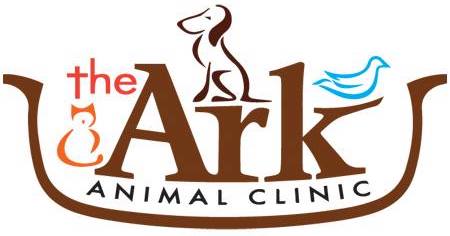Library
-
Antibiotic-resistant bacterial infections are bacterial infections that are minimally or no longer responsive to commonly used antibiotics. Although these bacterial infections occur naturally, the frequent and/or inappropriate use of antibiotics accelerates the process. Dogs with certain medical conditions may also be predisposed.
-
Antibody titers are sometimes needed to diagnose disease. Antibody titers reflect the level of antibody that the pet has made in response to exposure to a certain infectious organism. The titer is determined by sequentially diluting the serum and testing it against the organism in question. The more dilute the serum when it stops producing a positive reaction, the higher the concentration of antibodies present in the blood. Titers give support to a diagnosis, allowing more targeted treatment and more specific prognostic information, as well as identifying zoonotic disease (diseases transmissible between animals and humans).
-
Anticoagulant rodenticide is used to kill mice, rats, and other rodents. Poisoning occurs when a cat ingests rodenticide. Anticoagulant rodenticides cause excessive bleeding by interfering with vitamin K1 recycling in the body. Vitamin K1 is needed for the body to make certain clotting factors that enable blood to clot and help to control bleeding.
-
Anticoagulant rodenticide is used to kill mice, rats, and other pests. Poisoning occurs when a dog ingests rodenticide accidentally. Anticoagulant rodenticides cause excessive bleeding by interfering with vitamin K1 recycling in the body. Vitamin K1 is needed for the body to make certain clotting factors that enable blood to clot and help control bleeding.
-
Antioxidants are given by mouth and are over the counter supplements used to treat side effects from inflammation. Give as directed by your veterinarian. Side effects are uncommon but may include mild stomach upset. Use antioxidants cautiously in pregnant pets. If a negative reaction occurs, please call your veterinary office.
-
With a little effort, a lot of patience, the advice of veterinary professionals, and a new anxiety wrap, you and your dog may successfully weather the storm. Take some preventive steps to help distract your dog during storms and use food or toy rewards to make the time less stressful.
-
Aortic stenosis is a heart disease that is present at birth. Cats affected with aortic stenosis have a narrowing at the aortic valve of the heart. The clinical signs of aortic stenosis vary depending on how severe the stenosis is; some cats remain asymptomatic throughout their life, while other cats begin showing clinical signs at an early age and can experience sudden death. The treatment of aortic stenosis depends upon the severity of the condition.
-
Aortic stenosis (or a narrowing involving the aortic valve) is a less common heart disease that has a higher incidence in some breeds. Dogs may not show clinical signs if they are mildly affected to more severely affected patients showing signs of heart dysfunction. Diagnostic imaging is needed to determine the severity and prognosis for each individual patient. Medications are the mainstay treatment but for some patients surgical procedures may be considered.
-
An aortic thromboembolism (ATE) results when a blood clot is dislodged and travels through the aorta, becoming lodged in a distant location. This clot causes severely reduced blood flow to the tissues receiving blood from that section of the aorta, leading to decreased oxygen in the tissues. A heart condition called hypertrophic cardiomyopathy is the most common cause. This article outlines clinical signs, treatment, monitoring, and prognosis for cats with this condition.
-
An aortic thromboembolism (ATE) results when a blood clot is dislodged and travels through the aorta, becoming lodged in a distant location. This clot causes severely reduced blood flow to the tissues receiving blood from that section of the aorta, leading to decreased oxygen in the tissues. Aortic thromboembolism is a rare occurrence in dogs and can be associated with endocarditis, cancer, sepsis, hyperadrenocorticism, and increased protein loss through diseased kidneys. This article outlines clinical signs, treatment, monitoring, and prognosis for dogs with this condition.


